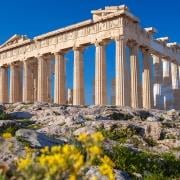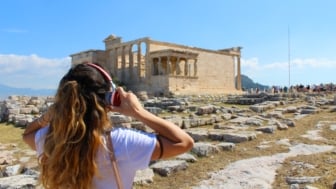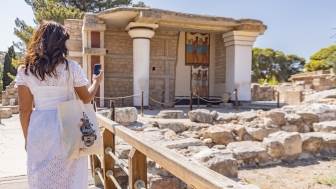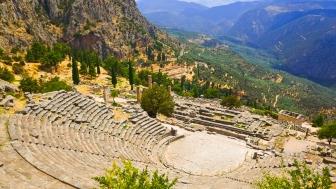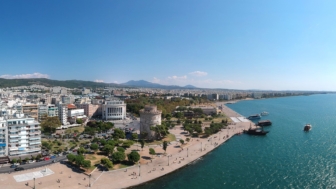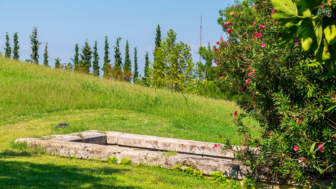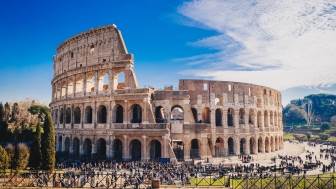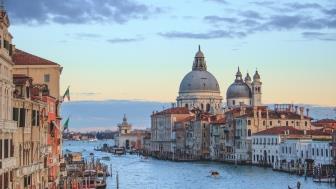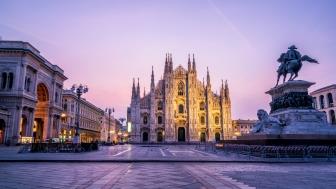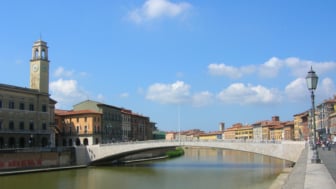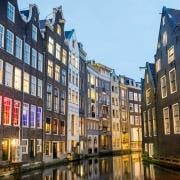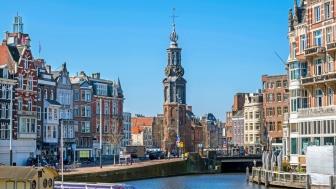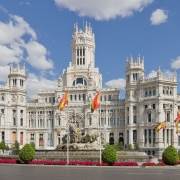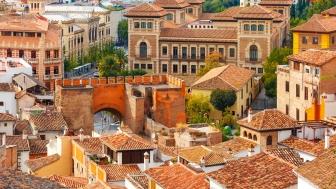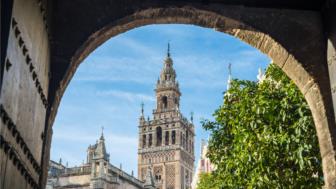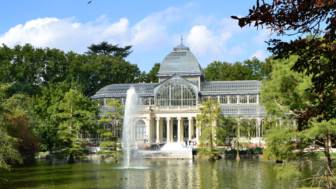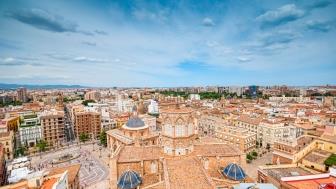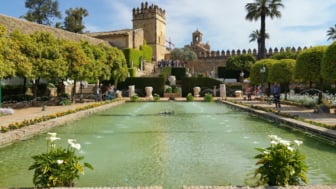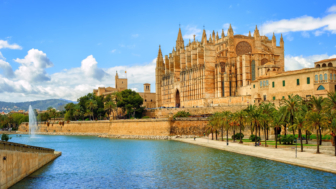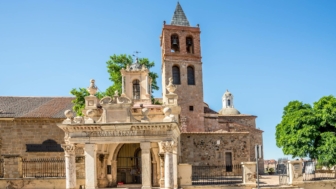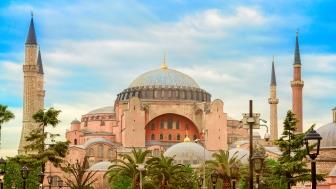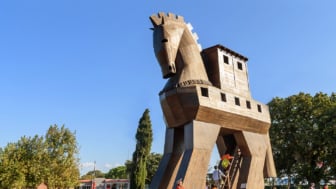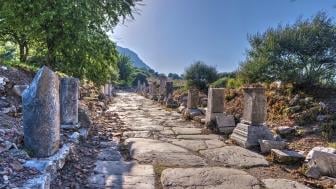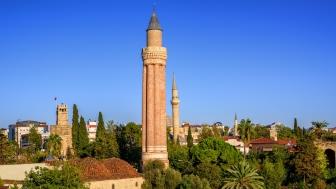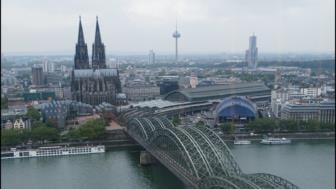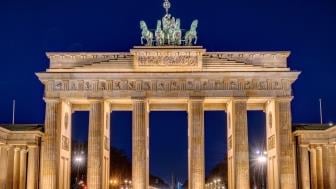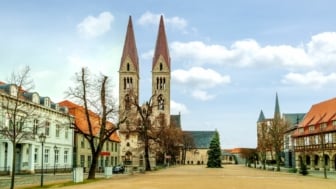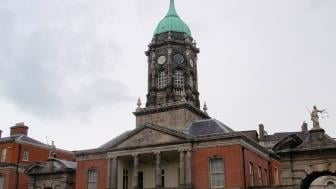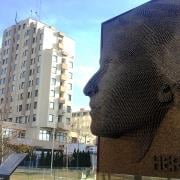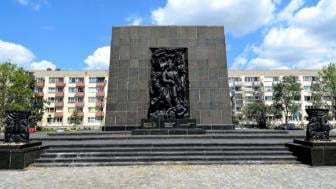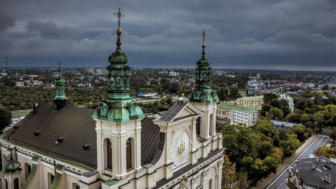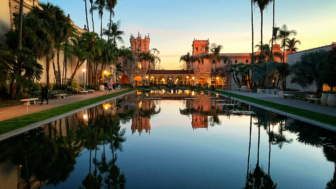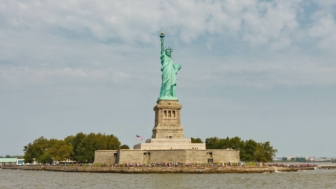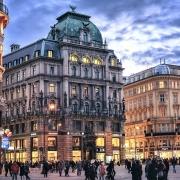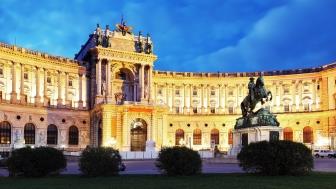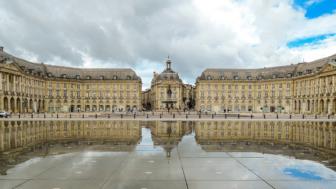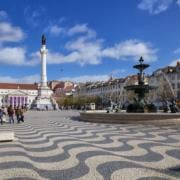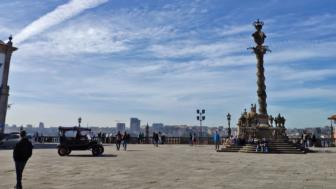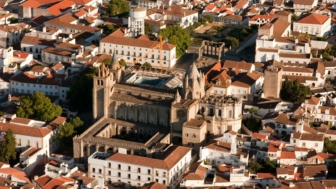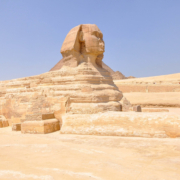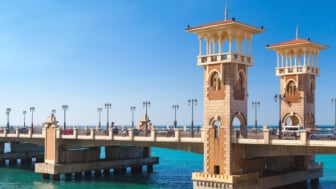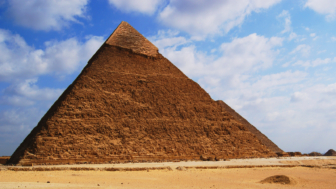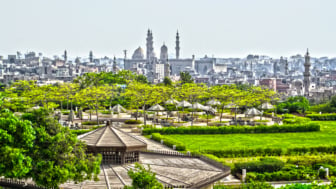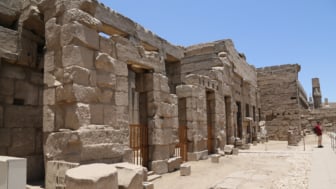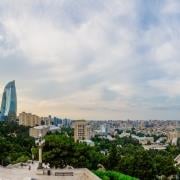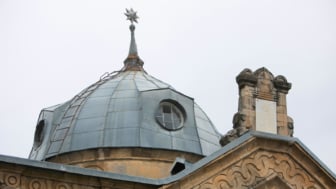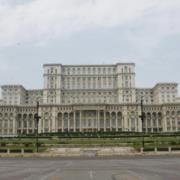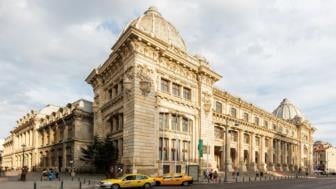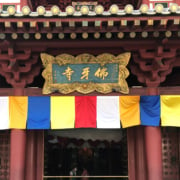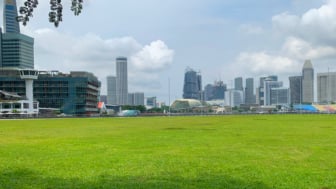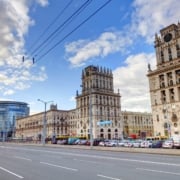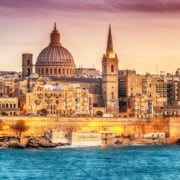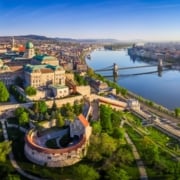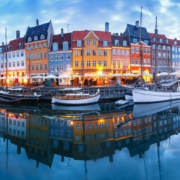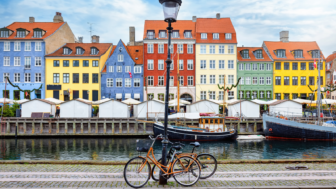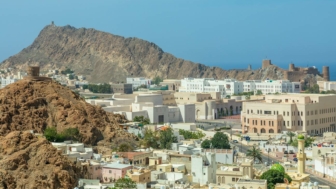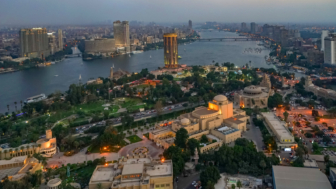Cairo is the largest city in the Arab world. More than twenty million people call it home, making it the sixth most populous city in the world. The Giza pyramid complex and the ancient Egyptian sites of Memphis (the capital of ancient Egypt during the Old Kingdom) and Heliopolis (one of the oldest cities of ancient Egypt) are located close by and endow Cairo with an aura of primordial antiquity. Therefore, most people are profoundly surprised to discover that Cairo is actually a bit old (at least compared to other Egyptian cities).
And what is even more astonishing is that there have been at least six (or eight, depending on how you count) earlier versions of this historical city, each with its own distinct core that was always somewhat further away than its predecessor. Cairo is genuinely a roaming city!
Cairo was little more than an empty expanse of sand at the time of the great Pharaohs. There was no need for it since the great city of Memphis was only a few hours away. The first people to select this site for settlement were prisoners from Babylon, who attempted to reclaim their lost freedom on a desolate hill on the east bank of the Nile. The spot proved advantageous and subsequent rulers of Egypt decided to build a fort (known as Babylon) and a canal connecting the river to the Red Sea. Tiny remains of these fortifications, except for two towers, one of which was incorporated into the Greek Orthodox church of St. George (Mar Girgis).
The towers became the core of Coptic Cairo, the city’s oldest neighborhood, steeped in history and tradition. According to tradition, Joseph brought Mary and infant Jesus here to escape persecution by King Herod, who was determined to kill the child. Abu Serga (aka
Saints Sergius and Bacchus Church) marks the spot where the Holy Family rested at the end of their flight to Egypt. It was built in the fourth century and is among the oldest Coptic churches in Egypt. Then, a few centuries later, Cairo experienced a seismic change with profound consequences. In April 641, the Arab army of Amr ibn al-As captured Babylon. The victorious general decided to establish an entirely new city called Fustat north of Babylon and built the oldest mosque in Egypt on the site of his tent. The Mosque of Amr ibn al-As or Masjid Ahl ar-Rayah (Mosque of the Banner Bearers) or Taj al-Jawame (Crown of Mosques) was burned to the ground in 1169 but was rebuilt and still stands to mark the spot of the first Islamic Cairo.
The upheavals of the Islamic world in the following centuries left their mark on the city. Each new regime that came to power ignored whatever was already here and designed a new town further away. It is easy (and fun) for a modern visitor to spot these new Cairos simply by locating the great mosques erected by each new ruling dynasty. The Mosque of Ibn Tulun stood at the heart of the new administrative capital (al-Qata’i), established by the Abbasids in the 8th century. The Al-Azhar Mosque was the “child” of Caliph al-Muizz li–Din Allah, who created a settlement called Qāhirat al-al-Mu’izz (“Victorious al-al-Mu’izz”) and thus can be considered the city’s godfather. The citadel recalls the rule of the great Salah al-Din, who became the first Sultan of Egypt and established the Ayyubid dynasty.
The Mamluks, non-Arab slave soldiers, and freed slaves came to power in 1240 and transformed Cairo with an ambitious building program. The famous al-Muizz street, one of Cairo’s oldest and most important streets, is a perennial favorite for photographers and a lasting testament to the Mamluks’ visionary rule. The Ottomans conquered Egypt in
1517 and spent considerable funds on new mosques and houses in the citadel. Still, they oversaw the city’s expansion towards the river Nile with luxurious residences, including the acclaimed Abdeen Palace, home to five hundred rooms and countless gold clocks. In the late 19th century, Isma’il Pasha, the Khedive of Egypt, engaged French architects and urban planners to turn the medieval city into a modern metropolis. Talaat Harb Square is at the heart of Downtown Cairo and captures the Khedive’s vision for a European city of gridded streets, contemporary architectural styles, and geometry. Finally, we have contemporary Cairo, a vast metropolis attempting to accommodate the explosive economic and demographic growth experienced by Egypt since the Second World War. Not much appreciated by modern visitors, it is home to millions of Egyptians and a vital component of this vibrant city that is constantly changing.
Explore the roaming city with our self-guided audio tour.
-
@Photo by Omar Elsharawy on Unsplash


